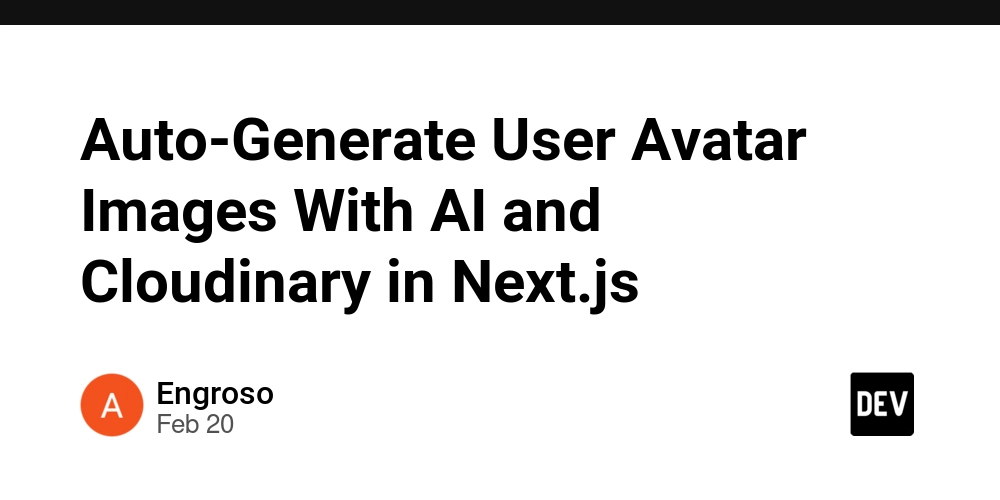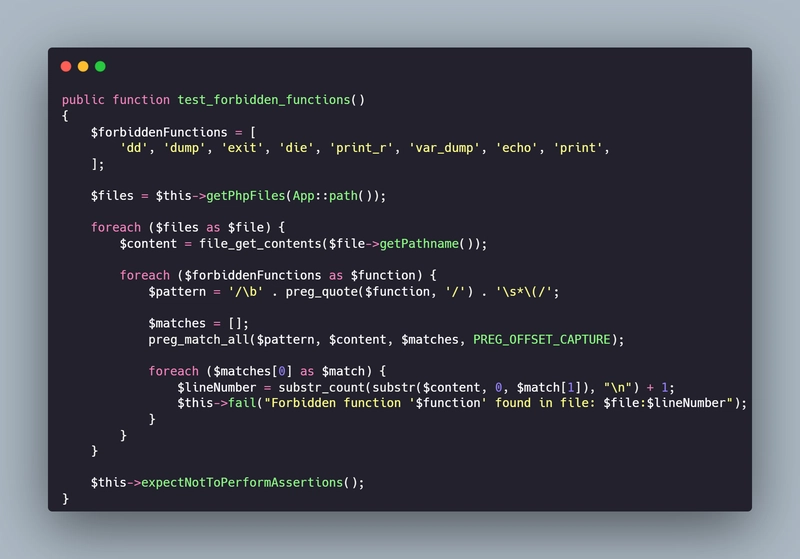Kubernetes Pods | probe and answer
What is a pod in Kubernetes? A pod is the smallest deployable unit in Kubernetes. It represents a single instance of a running container (or sometimes multiple containers) in a Kubernetes cluster. Pods share the same network namespace and storage volumes. Think of it as a "logical host" for containers. What are the key characteristics of a pod? Shared Network Namespace: All containers within a Pod share the same IP address and port space. They can communicate with each other using localhost. Shared Storage Volumes: Pods can mount shared volumes that are accessible to all containers within the Pod. Ephemeral: Pods are designed to be ephemeral. They can be terminated and recreated by Kubernetes. This is why you shouldn't rely on Pods for persistent storage. Multiple Containers (Sometimes): While monitoring), ambassador containers (for proxying), and adapter containers (for transforming data). How do you create a pod? You typically create pods using declarative YAML or JSON configuration files. These files define the pod's specifications, including the containers it will run, their images, resource requirements, and other settings. You then use kubectl apply -f to create the pod in your cluster. How do you view the logs of a pod? Use the command kubectl logs . If the pod has multiple containers, specify the container name: kubectl logs -c . For real-time logs, use kubectl logs -f . How do you execute a command inside a running pod? Use the kubectl exec command: kubectl exec -it -- bash (or sh if bash isn't available). The -it flags allocate a pseudo-TTY connected to your terminal and keep stdin open, allowing you to interact with the container. Again, specify the container name with -c if needed. What is the difference between a pod and a container? A container is a runtime instance of an image. A pod is a wrapper around one or more containers. A pod provides a shared environment (network, storage) for containers.rs. You don't deploy containers directly; you deploy Pods. Explain the lifecycle of a pod. A pod's lifecycle includes several phases: Pending: The pod has been created, but its containers have not yet been created or started. Running: All containers in the pod are running. Succeeded: All containers in the pod have terminated successfully. Failed: One or more containers in the pod have terminated with a non-zero exit code. Unknown: The state of the pod cannot be determined. What are Init Containers? Init Containers are specialized containers that run before the main application containers in a pod start. They are used to perform initialization tasks, such as setting up the environment, downloading dependencies, or initializing databases. They must be completed successfully before the main containers can start. What are Liveness and Readiness Probes? Liveness Probe: Checks if a container is still running and healthy. If the liveness probe fails, Kubernetes restarts the container. Readiness Probe: Checks if a container is ready to serve traffic. If the readiness probe fails, Kubernetes removes the pod from the service's endpoints, so it doesn't receive traffic. How do you manage pods in a production environment? In production, you should never create pods directly. Instead, use higher-level abstractions like deployments, replica sets, stateful sets, or daemon sets. These controllers provide features like: Replication: Ensuring a desired number of Pod replicas are running. Rolling Updates: Updating pods with minimal downtime. Self-healing: Automatically replacing failed pods. Explain pod affinity and anti-affinity. These features control how pods are scheduled relative to each other. Affinity: Allows you to specify rules for scheduling pods on nodes that have certain labels or with other pods that have certain labels. (e.g., "Schedule this Pod on a Node that has a GPU"). Anti-affinity: Allows you to specify rules for avoiding scheduling pods on nodes with certain labels or with other pods that have certain labels. (e.g., "Don't schedule two instances of this pod on the same node"). What are taints and tolerations? Taints are applied to nodes, indicating a restriction or condition that makes the node unsuitable for running certain types of workloads. Toleration, on the other hand, is applied to pods, indicating that a pod is willing to tolerate the taint on the node, allowing it to be scheduled on the node.
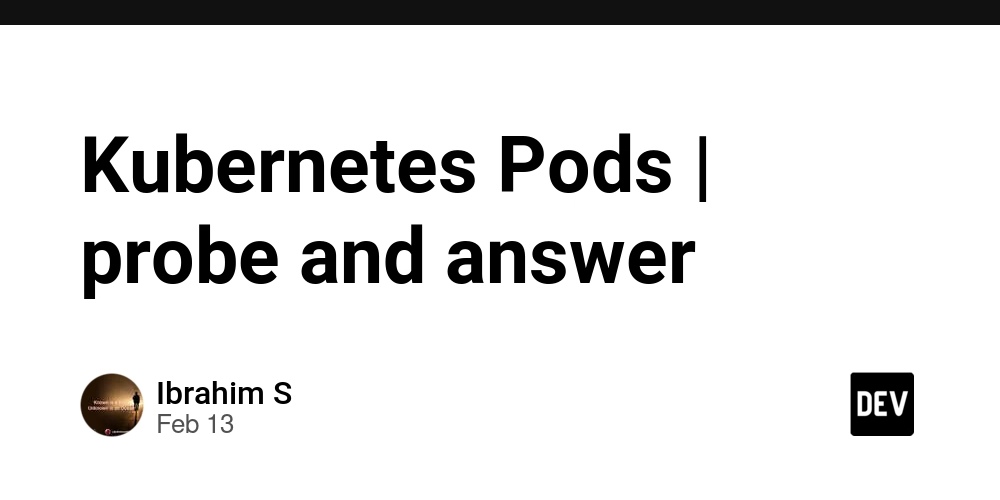
What is a pod in Kubernetes?
- A pod is the smallest deployable unit in Kubernetes. It represents a single instance of a running container (or sometimes multiple containers) in a Kubernetes cluster.
- Pods share the same network namespace and storage volumes. Think of it as a "logical host" for containers.
What are the key characteristics of a pod?
- Shared Network Namespace: All containers within a Pod share the same IP address and port space. They can communicate with each other using localhost.
- Shared Storage Volumes: Pods can mount shared volumes that are accessible to all containers within the Pod.
- Ephemeral: Pods are designed to be ephemeral. They can be terminated and recreated by Kubernetes. This is why you shouldn't rely on Pods for persistent storage.
- Multiple Containers (Sometimes): While monitoring), ambassador containers (for proxying), and adapter containers (for transforming data).
- How do you create a pod?
- You typically create pods using declarative YAML or JSON configuration files. These files define the pod's specifications, including the containers it will run, their images, resource requirements, and other settings.
- You then use
kubectl apply -fto create the pod in your cluster.
How do you view the logs of a pod?
Use the command kubectl logs .
If the pod has multiple containers, specify the container name:
kubectl logs . For real-time logs, use kubectl logs -f .
How do you execute a command inside a running pod?
- Use the kubectl exec command:
kubectl exec -it(or sh if bash isn't available).-- bash - The
-itflags allocate a pseudo-TTY connected to your terminal and keep stdin open, allowing you to interact with the container. Again, specify the container name with-cif needed.
What is the difference between a pod and a container?
- A container is a runtime instance of an image. A pod is a wrapper around one or more containers.
- A pod provides a shared environment (network, storage) for containers.rs. You don't deploy containers directly; you deploy Pods.
Explain the lifecycle of a pod.
A pod's lifecycle includes several phases:
- Pending: The pod has been created, but its containers have not yet been created or started.
- Running: All containers in the pod are running.
- Succeeded: All containers in the pod have terminated successfully.
- Failed: One or more containers in the pod have terminated with a non-zero exit code.
- Unknown: The state of the pod cannot be determined.
What are Init Containers?
- Init Containers are specialized containers that run before the main application containers in a pod start.
- They are used to perform
initialization tasks, such as setting up the environment, downloading dependencies, or initializing databases. - They must be completed successfully before the main containers can start.
What are Liveness and Readiness Probes?
- Liveness Probe: Checks if a container is still running and
healthy. If the liveness probe fails, Kubernetes restarts the container. - Readiness Probe: Checks if a container is ready to serve
traffic. If the readiness probe fails, Kubernetes removes the pod from the service's endpoints, so it doesn't receive traffic.
How do you manage pods in a production environment?
- In production, you should never create pods directly. Instead, use higher-level abstractions like
deployments, replica sets, stateful sets, or daemon sets. These controllers provide features like: - Replication: Ensuring a desired number of Pod replicas are running.
- Rolling Updates: Updating pods with minimal downtime.
- Self-healing: Automatically replacing failed pods.
Explain pod affinity and anti-affinity.
These features control how pods are scheduled relative to each other.
- Affinity: Allows you to
specify rules for scheduling podson nodes that have certain labels or with other pods that have certain labels. (e.g., "Schedule this Pod on a Node that has a GPU"). - Anti-affinity: Allows you to
specify rules for avoiding scheduling podson nodes with certain labels or with other pods that have certain labels. - (e.g., "Don't schedule two instances of this pod on the same node").
What are taints and tolerations?
- Taints are applied to nodes, indicating a restriction or condition that makes the node unsuitable for running certain types of workloads.
- Toleration, on the other hand, is applied to pods, indicating that a pod is willing to tolerate the taint on the node, allowing it to be scheduled on the node.










































































































































































![[The AI Show Episode 142]: ChatGPT’s New Image Generator, Studio Ghibli Craze and Backlash, Gemini 2.5, OpenAI Academy, 4o Updates, Vibe Marketing & xAI Acquires X](https://www.marketingaiinstitute.com/hubfs/ep%20142%20cover.png)















































































































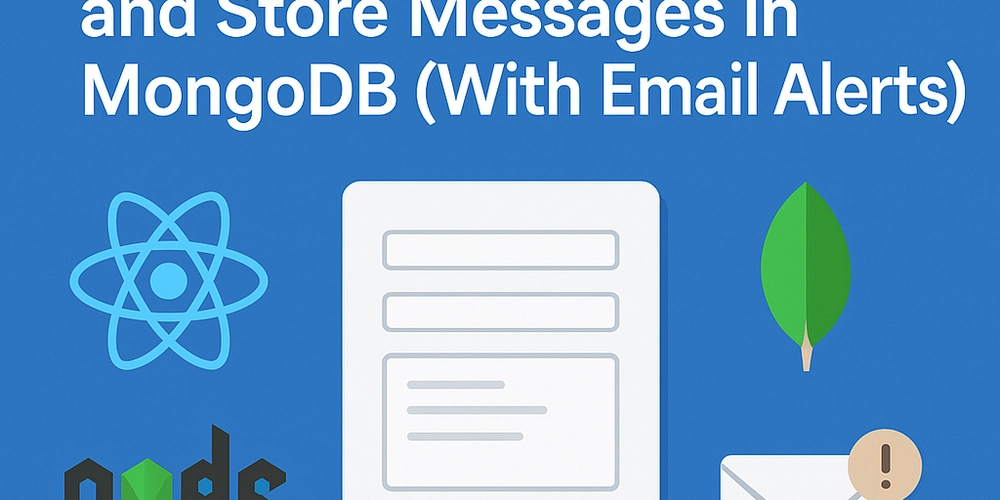











![[DEALS] The Premium Learn to Code Certification Bundle (97% off) & Other Deals Up To 98% Off – Offers End Soon!](https://www.javacodegeeks.com/wp-content/uploads/2012/12/jcg-logo.jpg)


![From drop-out to software architect with Jason Lengstorf [Podcast #167]](https://cdn.hashnode.com/res/hashnode/image/upload/v1743796461357/f3d19cd7-e6f5-4d7c-8bfc-eb974bc8da68.png?#)






































































































.png?#)




.jpg?#)































_Christophe_Coat_Alamy.jpg?#)
 (1).webp?#)




































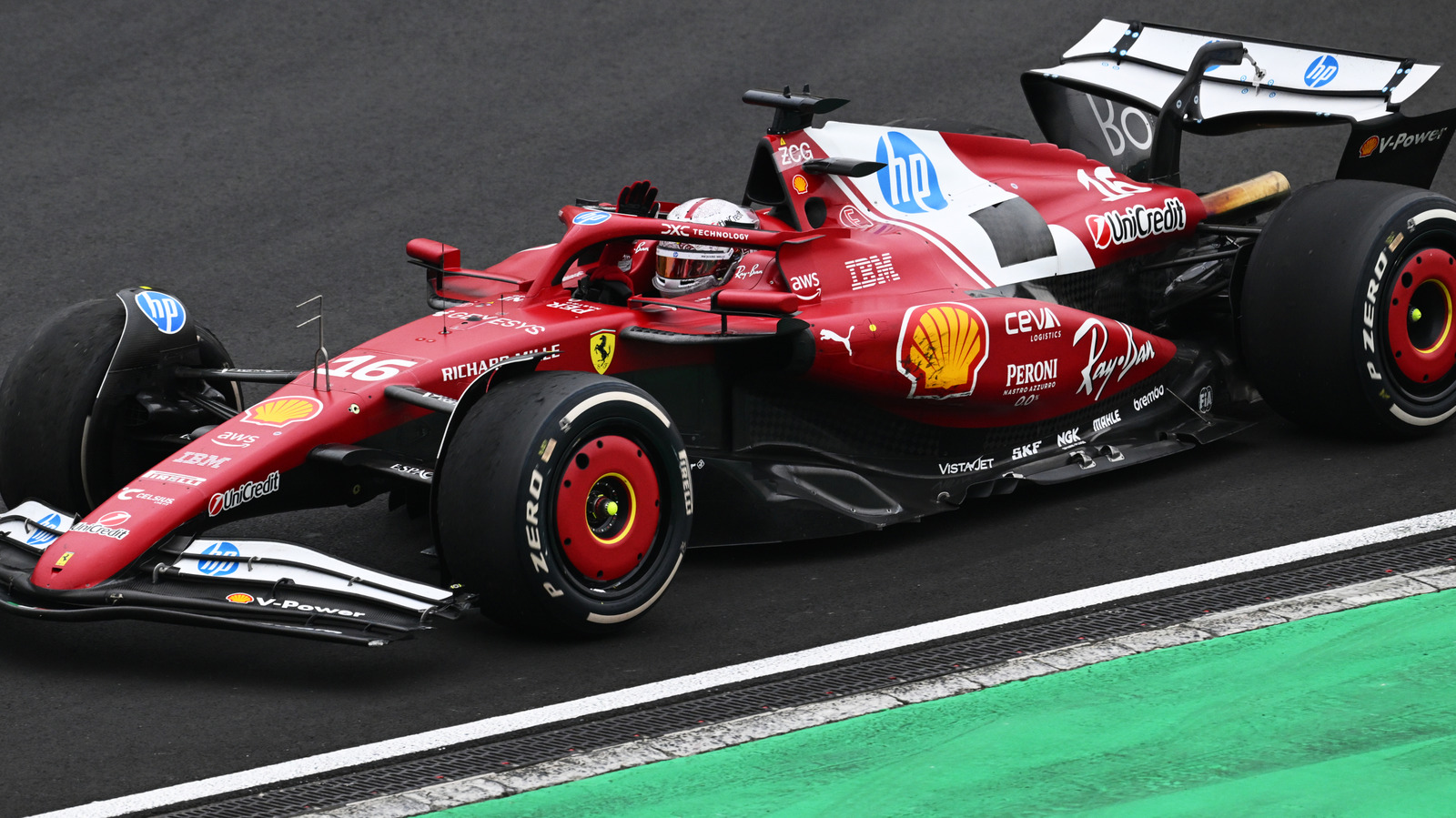


































































![Rapidus in Talks With Apple as It Accelerates Toward 2nm Chip Production [Report]](https://www.iclarified.com/images/news/96937/96937/96937-640.jpg)





































































































































